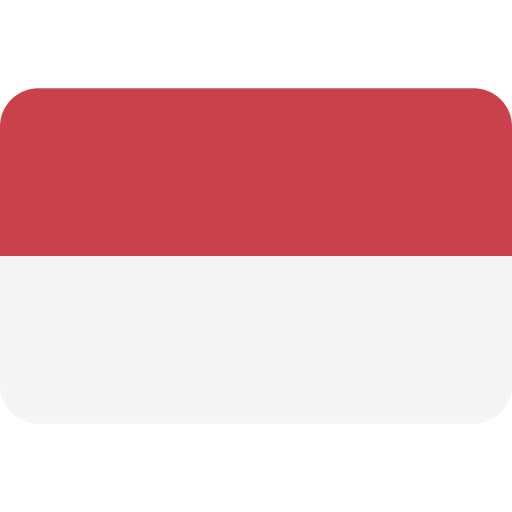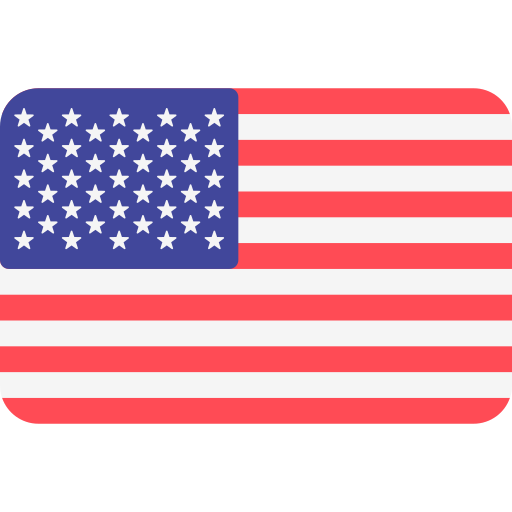
By: Drh. Dita Retnowulan MM
The role of veterinarians is crucial, especially in formulating, determining, and implementing policies related to all aspects of general development and animal health preservation in particular. The policies to be made have broad and significant impacts on society, thus requiring various technical considerations whose reference may not be easily obtained and within a short period. Veterinarians have to address various matters, acting as catalysts for the development of livestock animal husbandry and the subsector of animal food origin. Veterinarians face challenges in handling disease control, food safety, and environmental health. Intensive involvement of veterinarians is needed to anticipate the potential entry of diseases from outside the region or the emergence of outbreaks of contagious animal diseases through emergency management. Likewise, veterinarians play a role in every stage and component that constructs the supply chain of materials for consumption (Naipospos, 2010).
The primary handling to be taken by veterinarians is biosecurity. Biosecurity begins with a series of preventive measures designed to reduce the risk of transmitting contagious diseases to animals. The entry of animals or animal-origin materials from outside the area can also affect animal health. Biosecurity influences livestock production, including semen collection, particularly in reducing the risks and consequences of the spread of contagious reproductive diseases. Biosecurity must be implemented properly to meet livestock productivity, economic efficiency, and semen production.
Generally, biosecurity is divided into three levels:
- Conceptual biosecurity is the foundation of the entire disease control program. It involves managing aspects such as selecting farm locations, especially pens, managing the types and ages of animals,
- Structural biosecurity involves farm layout, boundaries between farm units, waste management systems, sanitation and decontamination facilities, feed storage and warehouses, as well as pen equipment,
- Operational biosecurity is the implementation of management procedures for disease control within a company, particularly how to handle the spread of infectious diseases (Medion, 2010).
Biosecurity encompasses three main aspects:
- Minimizing the presence of disease agents,
- Minimizing the opportunity for disease agents to come into contact with breeding animals,
- Minimizing the level of environmental contamination by disease agents.
Balai Besar Inseminasi Buatan (BBIB) Singosari consistently prioritizes biosecurity. The location fulfills requirements, being far from residential areas or local farms. Strict control of incoming and outgoing traffic of studs is observed. There are 9 (nine) breeds of cattle and 4 (four) breeds of goats among the studs, including the Bali cattle breed. Buffaloes and sheep are absent due to cross-reaction of foot-and-mouth disease (FMD) between sheep and Bali cattle, as well as between buffaloes and goats. Consequently, BBIB Singosari selects Bali cattle and goats as stud candidates. The age at which prospective studs are ready for semen collection is around 2 (two) years or when they have lost their second teeth. As for prospective Friesian Holstein studs, the progeny test program is used, considering the milk production of their offspring. This means that BBIB Singosari already applies conceptual biosecurity. Balai Besar Inseminasi Buatan Singosari also implements structural biosecurity. Vehicles entering the area must pass through a sterilized zone with disinfectant, and personnel entering the pens must do so using the provided biosecurity carriage. Technical field staff are not allowed to take their uniforms out of the BBIB Singosari premises. Routine disinfection of pens and studs is carried out through regular spraying every month. The feed given undergoes organoleptic tests to assess its quality. Leftover feed, waste, and urine are used for composting and liquid fertilizer to enrich forage fields. Gas from waste and urine is utilized for biogas and serves to light several pens.
Routine disease screening is conducted twice a year for early detection of Strategically Important Animal Diseases (SIAD). Contagious animal diseases are those that can be transmitted among:
Routine disease screening is conducted twice a year for early detection of Strategically Important Animal Diseases (SIAD). Contagious animal diseases are those that can be transmitted among:
- animals and animals,
- animals and humans,
- animals and other animal disease carriers.
Transmission can occur through direct contact or indirectly through intermediate media. Intermediate media can be:
- mechanical, such as water, air, soil, feed, equipment, and humans, and
- biological, such as viruses, bacteria, amoebae, or fungi.
Bahri and Matindah state that the control and eradication of contagious animal diseases are carried out gradually based on priorities for Strategically Important Animal Diseases. These are diseases that have a significant economic impact due to their contagious nature, rapid spread, and potential threat to public health.
Balai Besar Inseminasi Buatan (BBIB) Singosari adheres to the Law on Animal Disease Outbreak Management (Director General of Livestock Decision, 1997), which mandates 11 disease-free conditions for prospective studs and 12 conditions for Bali cattle. Here are some SIAD in large ruminants:
Balai Besar Inseminasi Buatan (BBIB) Singosari adheres to the Law on Animal Disease Outbreak Management (Director General of Livestock Decision, 1997), which mandates 11 disease-free conditions for prospective studs and 12 conditions for Bali cattle. Here are some SIAD in large ruminants:
- Rabies
- Brucellosis
- Anthrax
- Jembrana disease (specifically in Bali cattle)
- Bovine Viral Diarrhea (BVD)
- Epizootic Septicemia (SE)
- Infectious Bovine Rhinotracheitis (IBR)
- Classical Swine Fever (Hog Cholera)
- Newcastle Disease
- Infectious Bursal Disease
- Salmonellosis
- Trypanosomiasis
Initial testing of these studs is one of the operational biosecurity efforts. Veterinarians or veterinary medical professionals at BBIB Singosari have a duty to implement biosecurity in its conceptual, structural, and operational forms. In general terms, veterinary professionals' responsibilities include preventing and treating studs. Prevention is achieved through strict oversight of biosecurity.
REFERENCES
Suryadi, P., 2014. The Role of Veterinarians. HTTP://VETERINARYPAPPA.BLOGSPOT.CO.ID. Accessed on November 29, 2016.
Naipospos, T. S. P., 2010. The Role and Challenges of Veterinarians in Global Trade Globalization. HTTP://TATAVETBLOG.BLOGSPOT.CO.ID. Accessed on November 29, 2016.
Medion February Edition. 2010. Biosecurity, Investment, Insurance, and Disinfection, Infovet.
Bahri, S. and Matindah, E., Strategic Disease Control Policies in Support of the Beef Sufficiency Program 2010, National Workshop on Availability of Science and Technology in the Control of Strategic Animal Diseases in Large Ruminants.
REFERENCES
Suryadi, P., 2014. The Role of Veterinarians. HTTP://VETERINARYPAPPA.BLOGSPOT.CO.ID. Accessed on November 29, 2016.
Naipospos, T. S. P., 2010. The Role and Challenges of Veterinarians in Global Trade Globalization. HTTP://TATAVETBLOG.BLOGSPOT.CO.ID. Accessed on November 29, 2016.
Medion February Edition. 2010. Biosecurity, Investment, Insurance, and Disinfection, Infovet.
Bahri, S. and Matindah, E., Strategic Disease Control Policies in Support of the Beef Sufficiency Program 2010, National Workshop on Availability of Science and Technology in the Control of Strategic Animal Diseases in Large Ruminants.



